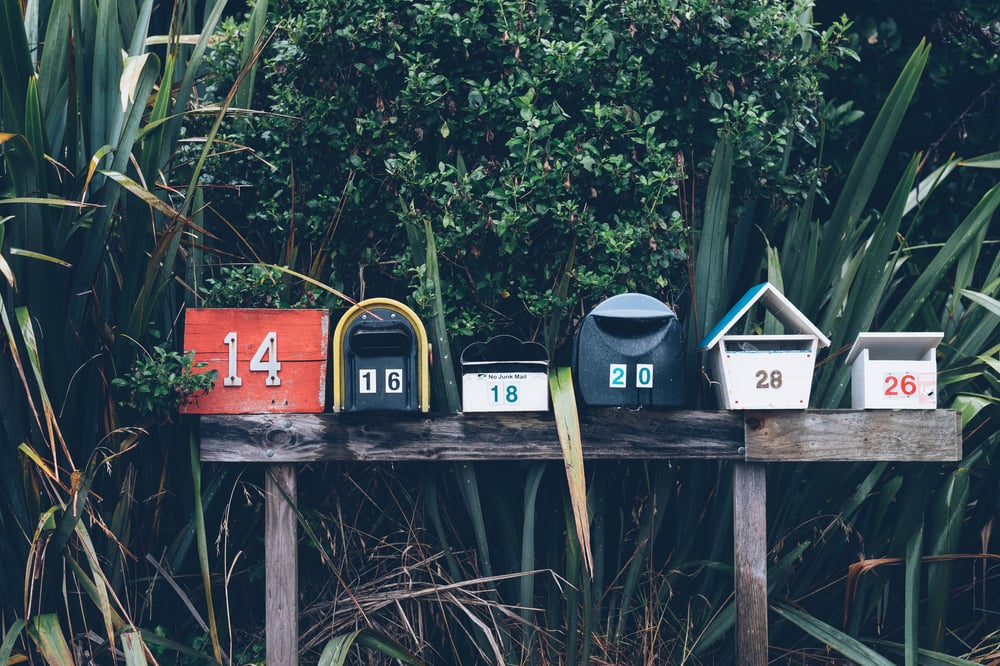The ultimate guide to solar feed-in tariff savings

Solar power was an economical revolution when it first swept across Australia – that is until recently, when some solar bonus schemes and installation rebates drew to a close.
You might be one of the Aussies now wondering, “Is solar still a good investment?”
The short answer is yes – solar is still a great way for Australian households to save on electricity – but only if you know how to find a good deal. No need to waste time scouring the web: here’s our guide to saving with saving money with solar feed-in tariffs.
What exactly is a solar feed-in tariff?
Depending on your household needs, your solar panels will probably generate more energy than you can use. This unused energy can be sent back to the electricity grid by your energy company, earning you money for every kilowatt (kW) per hour. The amount you’re paid is known as a solar feed-in tariff (FIT).
Most state governments dictate retailers must provide a minimum FIT rate. In states where a retail FIT is voluntary, many retailers will still offer one.
List of feed-in tariffs in Australia
FITs are a perk of owning a solar energy set up, but they vary between state and provider. Its best to check with your power company to find out the tariff rates on offer, and if you can, shop around to secure the best rates.
Make sure you have your figures right before you start heralding your savings. Check out a state-by-state breakdown of FITs in Australia here.
How much can you save on your electricity bill with feed-in tariffs?
The incredible FIT rates of previous years were so incredible as Australian households needed an incentive to install what was once a much more expensive technology. Today, solar power systems are much more affordable for the average household, so FITs are accordingly lower.
For example, a 20-panel 5kW system would have set you back between $17,000 and $25,000 after rebates seven years ago, when FITs were sizeable. Today, the same size system, with top-quality components, will cost you about $4,000-$8,000. So, while you’re getting paid less for what you export to the grid, you’re paying less overall for the system itself.
It’s important to remember FITs are paid for the amount of energy you export to the grid, not the overall amount you generate. If you’re at home or using power-hungry appliances during the day, you’ll save more money using energy as you generate it because you won’t be buying it from the grid. If you aren’t home during the day or unable to use most or all of the energy you produce, it’s more economical to send your unused energy back to the grid for credits on your bill.
Finding a good deal
A large FIT is definitely nice, but you shouldn’t assume a bigger tariff means a better deal. Always check energy price factsheets when comparing electricity products.
Something else to note is your solar system will come with a meter to measure the energy you are exporting to the grid, and that meter comes with service charges. Depending on your system, state and installer, you could either be charged upfront or a small fee per day.
There are also daily fixed charges that certain retailers apply to solar customers for being continuously connected to the grid. It’s not uncommon to find solar products with large FITs charging higher electricity usage or supply rates, so you will need to consider if the trade-off is worth it.
It can be a little confusing, so if you’re unsure where to start, get in touch with one of our awesome consultants today and we’ll help you through the process.